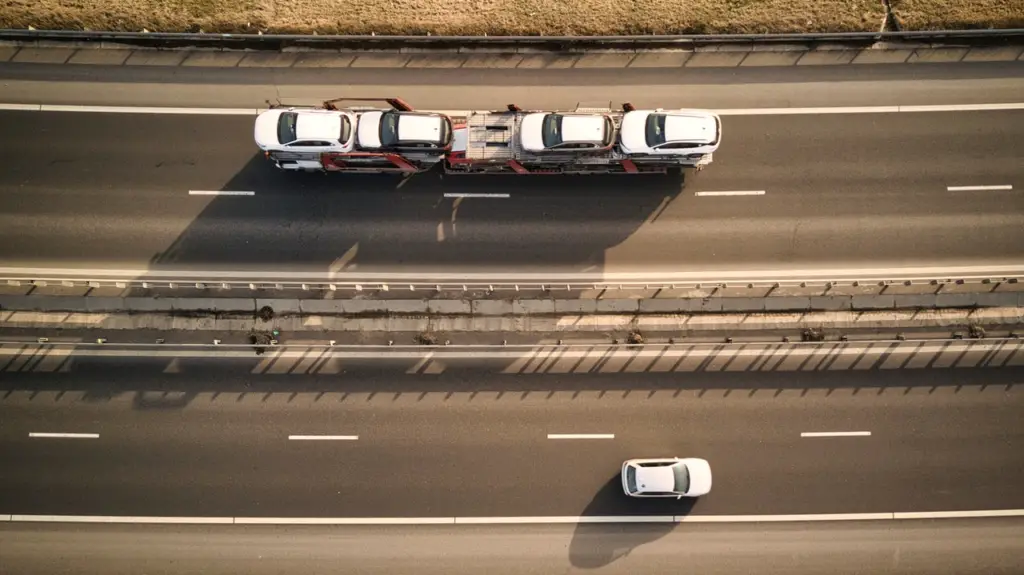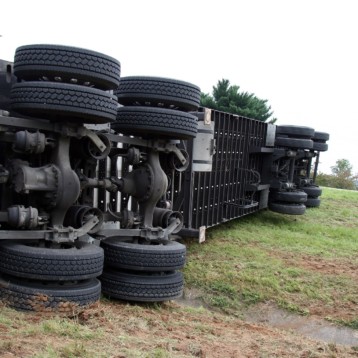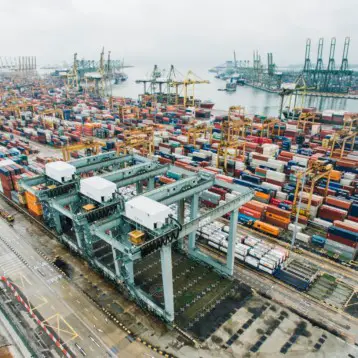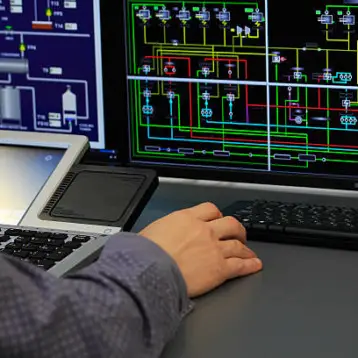
The car shipping industry provides significant convenience to car owners. For one, car shipping makes it easier to transport your car to your new home, especially if you’re moving to another state or country. You simply ship your car and it’s delivered to the pickup point of your choice or in front of your home.
Technological advancements have transformed the car shipping sector. Through technology, car shipping companies can deliver more cars quickly and conveniently. It is no pun when the auto shipping industry is considered as constantly being the move. In recent years, there have been new technologies gaining traction with car shipping companies.
Below, we break down some of the new technologies shaping the auto shipping industry.
Electronic Logging Devices
Electronic logging devices work with the carrier’s engine to capture hours of service. The data is then forwarded to safety authorities so that drivers can comply with FMSCA HOS stipulations. The technology first saw wide-scale use in 2020, and, in 2021, more auto shipping companies started using these devices.
This technology encourages better care for truck drivers who are typically subject to doing excessive overtime on the road. These logging devices also protect drivers from harassment and intimidation from profit-hungry supervisors and entrepreneurs.
The use of these monitoring devices has significantly improved the quality of car shipping services and the safety of drivers. Yearly accidents have plummeted by 1,844 cases (translating to $570 million in cost savings), with fewer injuries and fatalities.
API Technology
API is the acronym for Application Programming Interface. It’s a software application that synchronizes the sharing of information between different applications. By integrating your integral auto shipping tools, you can have them transmit data back and forth.
These include your transportation management system (TMS), accounting software, or the load board. API technology is more for the benefit of the auto shipping company.
API technology helps automate labor-intensive and repetitive tasks. Examples include sending offers, load posting, or handling carrier payment. This also helps your team to move faster and be more productive in less time.
For example, leveraging API technology can help auto shipping teams tackle time-consuming duties in less time. A typical example is handling carrier compliance. Working with a car shipping platform integrated with a load board, API, and TMS allows your team to automatically send updates to the carrier profile.
By automating routine tasks, auto shipping companies also have more time for improving their services.
Cloud-Based Technology
Thanks to cloud technology, there has been a shift in how auto transporters send and store data about their tasks, client details, and so on. Previously, they used external hardware as their primary form of data storage. However, the hardware proved costly to install and maintain. It’s also time-consuming to use.
Today, auto shippers store their data on databases powered by cloud technology. This allows them to retrieve the stored information whenever they feel like it. All they need is a computer connected to the Internet, like a mobile phone. With this technology, transporters can now retrieve client information via their smartphones.
This tech has helped greatly reduce operational expenses. It has also improved turnaround time and profits. Additionally, cloud technology helps auto shippers track and keep an eye on their fleet’s movement. And they can now send out information to their drivers a lot faster and more reliably.
Lightweight Truck Manufacturing
Another piece of remarkable technology is the use of lightweight materials in trucks used for auto shipping. These advanced materials promote better fuel economy while ensuring optimal performance and safety. Auto shipping companies may even pass on the savings to their customers. This results in lower overall auto shipping costs.
A reduction in a truck’s weight by about 10% can lead to 8% better fuel consumption. This means doing away with truck components designed from steel and cast iron. The new replacement materials include high-strength steel, fiberglass, and polymer composites. Others are carbon fiber, Magnesium (Mg), and Aluminum (AI) alloys.
Moreover, shipping vehicles designed from lightweight materials emit fewer harmful gases into the environment. This makes them an eco-friendly alternative to older trucks and rigs.
Greener Fuel Sources
Diesel and petrol have long been the primary fuel sources for cars. They are easily available and thus easier to buy. The problem is they are sourced from fossil fuels that aren’t sustainable. It is estimated that fossil fuels will be depleted in the near future. They also generate excessive carbon wastes, contributing to environmental degradation. Thus, diesel and petrol are rather unreliable and costly.
Auto shippers are adopting greener fuel sources that are sustainable and won’t deplete soon. Examples include:
- Bioethanol sourced from sugarcane and corn
- Biodiesel sourced from animal fats and vegetable oils
- The heat generated by thermoelectric technology, steam, and kinetic energy
- Nitrogen
- Air
- Hydrogen
- LPG
In contrast to fossil fuels, the fuel sources listed above are renewable, so they won’t get depleted anytime soon. They also boast a lower carbon emission, which is good news for the environment.
Final Thoughts
The technologies mentioned above clearly highlight how fast the auto shipping industry is advancing. Technology affects any sector in two ways. First, it ultimately becomes more affordable, increasing its adoption by many businesses. Secondly, those businesses have to battle for customers just like they used to. This may result in better rates, which is good for customers.
In the end, technology has made the auto shipping industry smarter and more well connected. Technology has also improved the reliability of carriers and vehicles.










